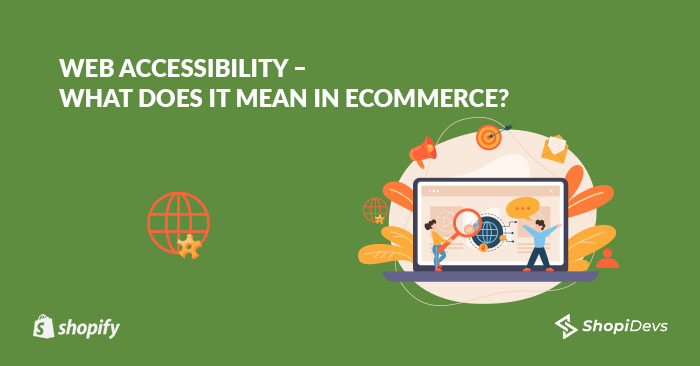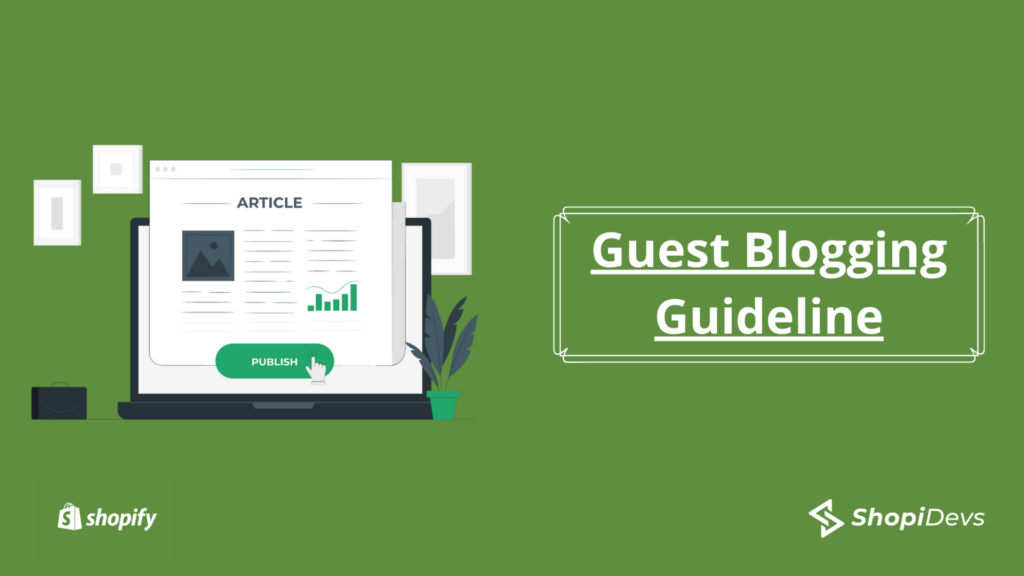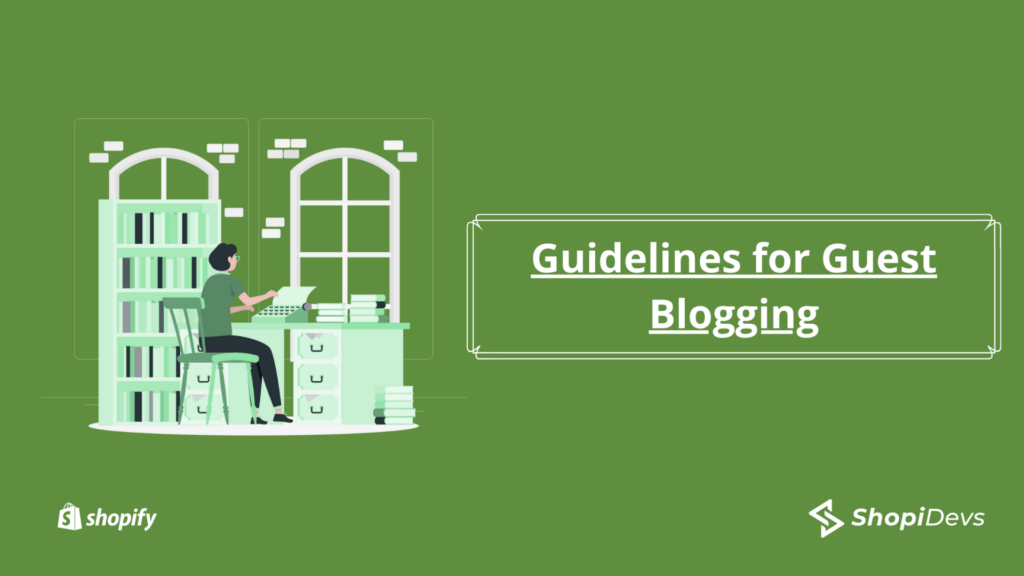Web Accessibility is a very present and urgent topic because many people with disabilities are still not hindered by their disabilities, but by the hurdles in everyday life. However, the term is usually associated with the removal of physical hurdles, so it might seem irritating at first glance that there is or must be barrier-free access on the Internet.
In the age of digitization, one must ensure that online presences and offers should be easily accessible to all people and that part of the population is not excluded from online participation due to their disabilities. This is not only important because of the demographic trend towards an aging society, which is accompanied by a steadily increasing proportion of people who are more impaired with age. After all, impairments can affect anyone in any age group. So lived the current data of the Federal Statistical Office according to the end of 2020, 7.9 million severely disabled people, which corresponds to a proportion of the population of 9.5%; an increase of 1.8% compared to the data.
When Web Accessibility on the Internet is Mandatory?
The topic is highly relevant, also in view of the figures mentioned above. In 2020 the EU created a legal basis for web accessibility on the Internet and issued a directive, the “European Accessibility Act (EAA)“. The directive does not only refer to eCommerce but also in general to certain products (such as e-books) and services that apply directly in all member states, EU directives must first be transposed into national law and passed as law. Only then are they legally binding.
This will be the case until the end of June 2022, i.e. by this point, the parliaments of the member states must adopt the directive of the EU law passed. From July 2025, the requirements will have to be finally applied.
Does the European Accessibility Act (EAA) Apply to All Retailers in eCommerce?
An exception applies to small businesses with fewer than 10 employees and annual sales or an annual balance sheet total of no more than € 2 million; they are exempt from the obligation. So you don’t have guaranteed accessibility, but it is still advisable to do so. Not only to open up new groups of buyers but above all to enable everyone to participate. By the way, web accessibility also has a positive effect on SEO and the ranking position in search engines. Accessibility is not an SEO factor in itself, but the measures that are taken for it. We will explain to you below what this means in concrete terms.
Barriers in the Network and Possible Solutions
For People with No Vision
Barriers: The font is too small and difficult to read, the color contrasts cannot be easily distinguished from one to another.
Relevance: These aspects are already taken into account by retailers when designing their online shops so that the visual presentation is user-friendly.
Solution: The font should be large enough and clearly recognizable in color, i.e. it should offer a contrast to the background color. It should also be ensured that the font is easy to read.
In many neglect alt texts for images that describe the images textually. Alt tags are often mentioned in connection with SEO, but alt texts are also read by so-called screen readers. These are voice and gesture-controlled tools and apps that, among other things, “readout” alt texts for people with limited or no vision so that they know what the graphic representations are about. In this respect, the alt texts should be a short, descriptive, but also relevant description; that what a graphic represents also reflects the context.
You May Also Read: That’s Why Shopify Is Perfect For D2C Brands
For People with Lack of Hearing
Barriers: Videos do not contain subtitles or are not available in sign language.
Relevance: This is unlikely to affect many retailers, as only a few make use of product videos. However, this could possibly change in a few years, when accessibility on the Internet is legally binding.
Solution: Create subtitles for videos, some providers even do this automatically with the help of AI.
For People with Limited Cognitive Abilities
Barriers: The navigation and structure of the websites as well as the wording are too complicated, product information is too extensive and not suitable for laypeople, a purchase that is subject to payment is not adequately marked.
Relevance: These aspects are already taken into account as part of shop optimization so that the shops are user-friendly because they are essential for the shop’s success.
Solution: Understandable and simple menus that show what can be found where without having to search for a long time. Product information can be extensive but should be supplemented with short and understandable bullet points. If an order requiring payment is placed with one click, the button should indicate this accordingly.
Conclusion
Web accessibility is a topic (whether online or not) that is already highly relevant. And in the future, this will be even more important because most impairments are acquired in the course of life and those with a high digital affinity will also be more affected. Web accessibility has positive effects on SEO and usability, but the focus should be on inclusion and that people, regardless of their skills, have equal rights. Hopefully, you will like our article. If you have any questions about web accessibility, feel free to notify us by giving a comment in the comment box below.




